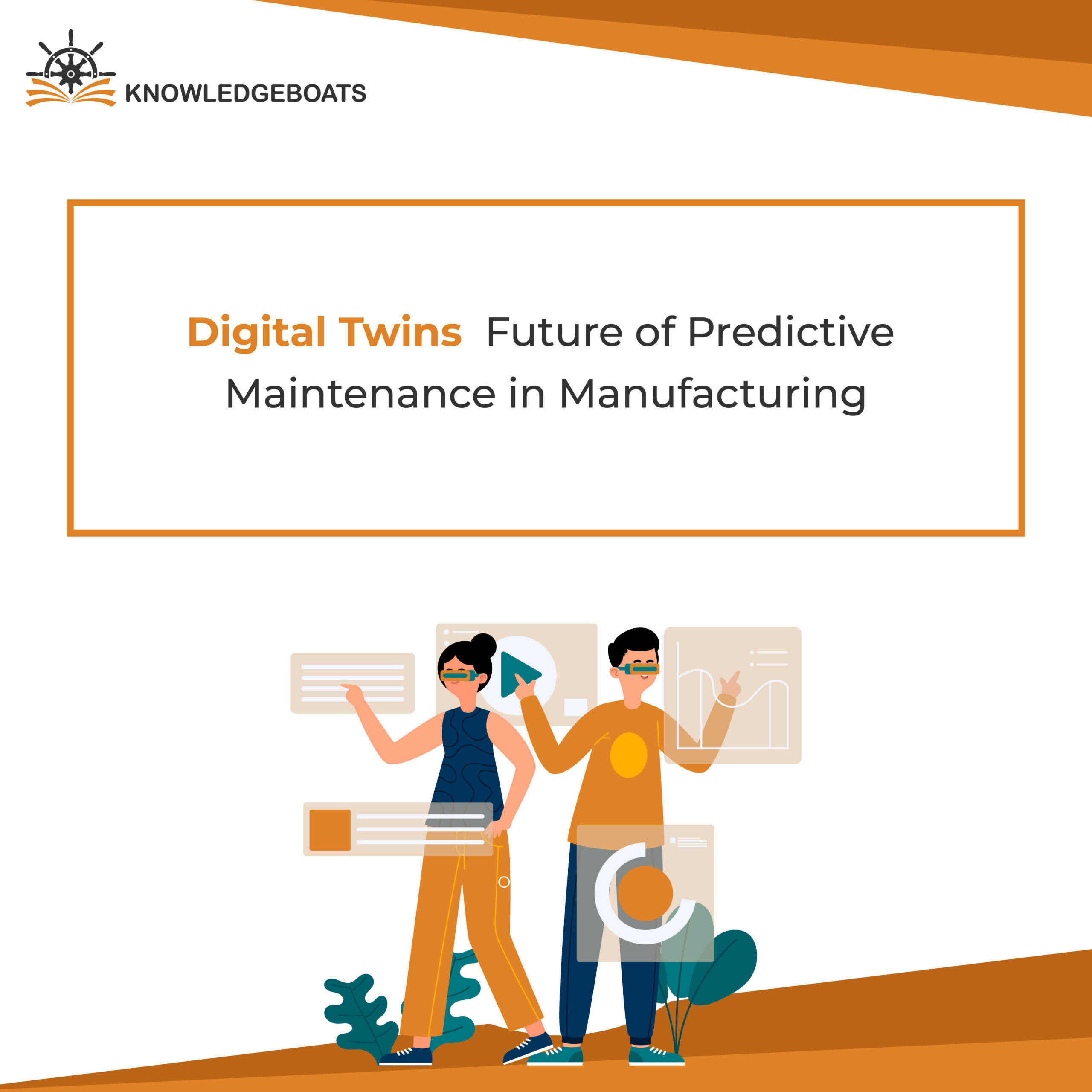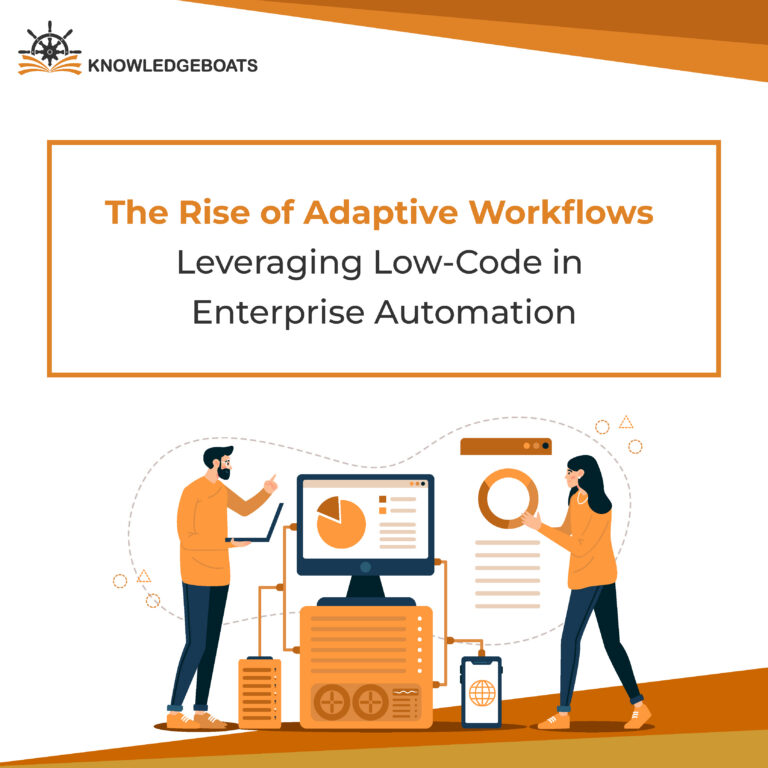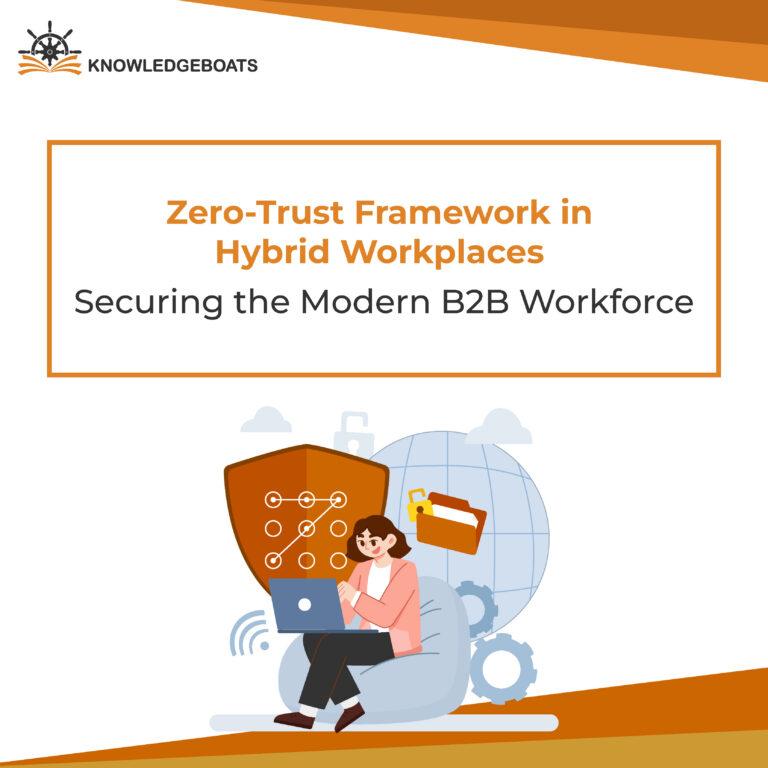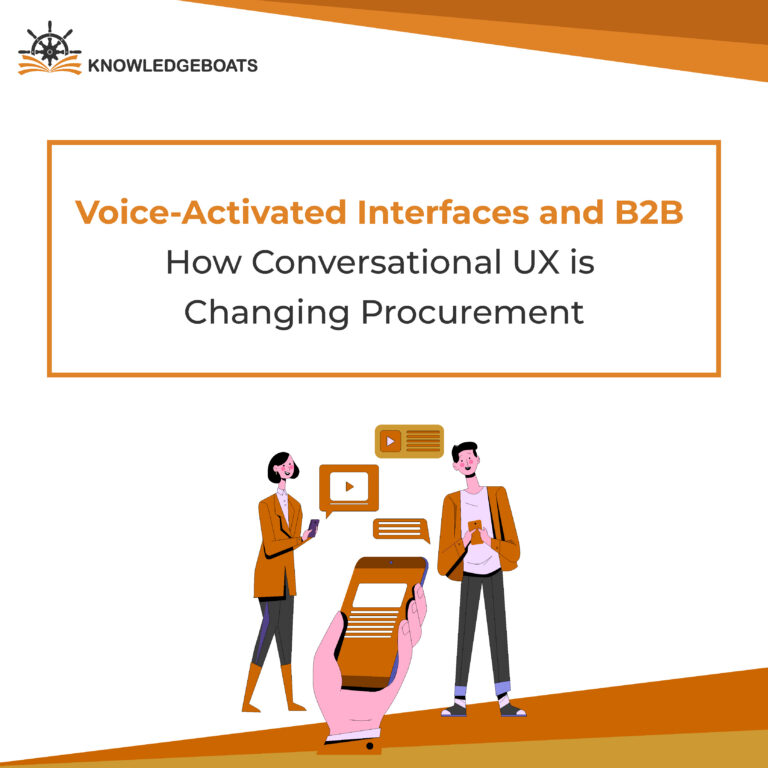
You know the call, the one from operations that makes your stomach drop. The big order you just celebrated is now in jeopardy because a critical piece of machinery went down. All the brilliant marketing campaigns, the perfectly nurtured leads, the sales team’s hard work all hinges on the simple, physical reality of the factory floor. And for too long, we’ve been managing that reality with what amounts to educated guesswork. We call it preventive maintenance, but it’s just scheduled maintenance. We fix things on a calendar, hoping we catch them before they break.
Frankly, in the age of data, that’s no longer good enough. There’s a better way, and it’s centered on a technology that’s finally moving past the buzzwords into real-world application: the digital twin.
Forget the Hype. Think of It as a Flight Simulator for Your Factory.
The term “digital twin” can sound like something out of science fiction. But the concept is incredibly practical.
Imagine a perfect, dynamic software model of your most important asset. It’s not just a 3D drawing; it’s a living, breathing counterpart. It’s fed a constant stream of real-world data from IoT sensors on the physical machine, every vibration, every temperature shift, every pressure fluctuation.
This is a high-fidelity replica that experiences the exact same stress and wear as its real-world partner. The difference between a digital twin and a simulation is that the twin is never out of sync with reality. It’s a live feed of the truth.
From Guesswork to Foresight
So what does this let you do? It lets you stop guessing and start knowing.
Instead of your engineers walking the floor looking for trouble, they can see it coming on a screen. The twin can show them that the bearings on a specific motor are vibrating outside of normal parameters, a tiny anomaly that’s the tell-tale heart of a future failure. This is what true real-time monitoring with digital twins looks like.
Even better, you can play “what-if” without the risk. Your team can use the twin to simulate running the line 15% faster to meet a surge in demand. The model, using real physics and live data, can then predict the impact on the machinery’s health and lifespan. It’s a safe sandbox to test your limits.
And when you layer in machine learning, you get a system that’s constantly learning the unique personality of your equipment. This is the heart of AI-driven predictive maintenance. It’s not just about flagging an issue; it’s about forecasting with startling accuracy that a component has, say, 120 operating hours left before failure.
This changes everything. Maintenance stops being a frantic scramble and becomes a calm, scheduled, and efficient activity.
Why This Isn’t Just an “Ops” Thing
This is where it gets critical for anyone in a leadership role, especially in marketing and sales. The benefits of digital twins in Industry 4.0 aren’t just about saving on repair costs. They’re about building a more resilient, trustworthy business.
When you can virtually eliminate unplanned downtime, you’re making your entire company more predictable. You’re building a powerful story of reliability that your sales team can take to market with confidence. You’re turning your operational excellence into your sharpest competitive edge.
The leaders in space are already doing this. They’re using smart factories with digital twin technology to deliver on promises their competitors simply can’t match.
Yes, there are challenges of implementing digital twins in manufacturing. It takes investment, a clear strategy, and the right people. This isn’t a silver bullet. But the alternative is to keep doing things the old way and hoping for the best.
In today’s market, hope isn’t a strategy. Knowing is. And the digital twin is the closest thing we have to knowing the future.



